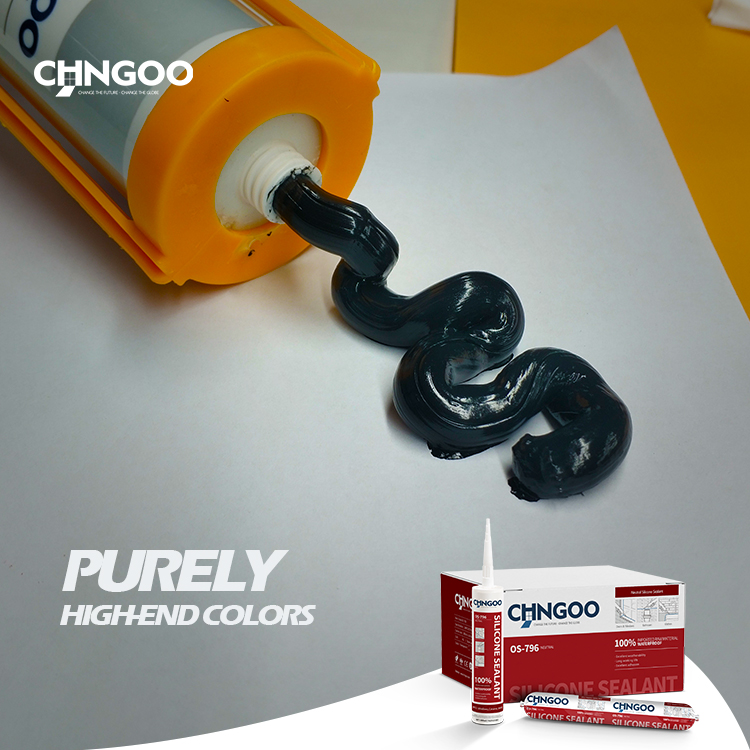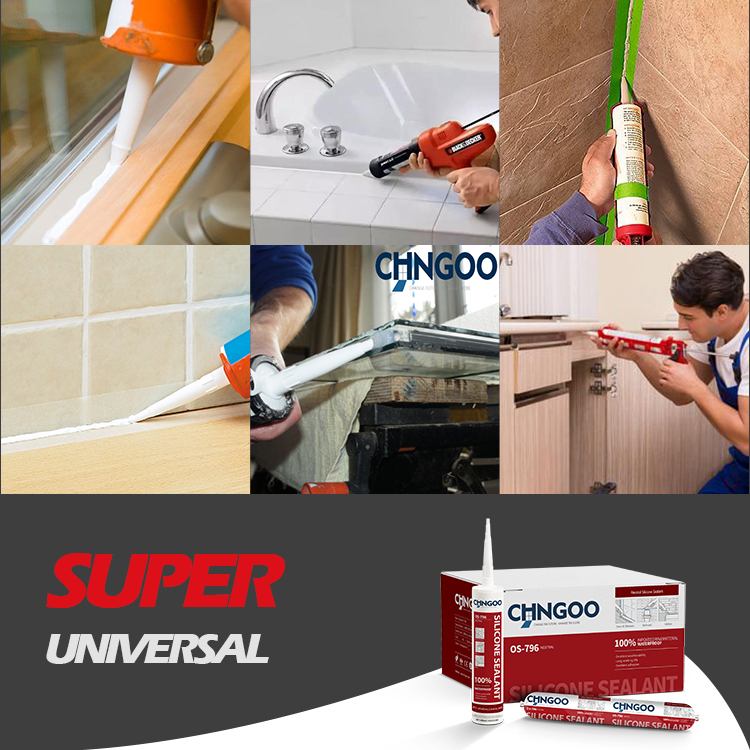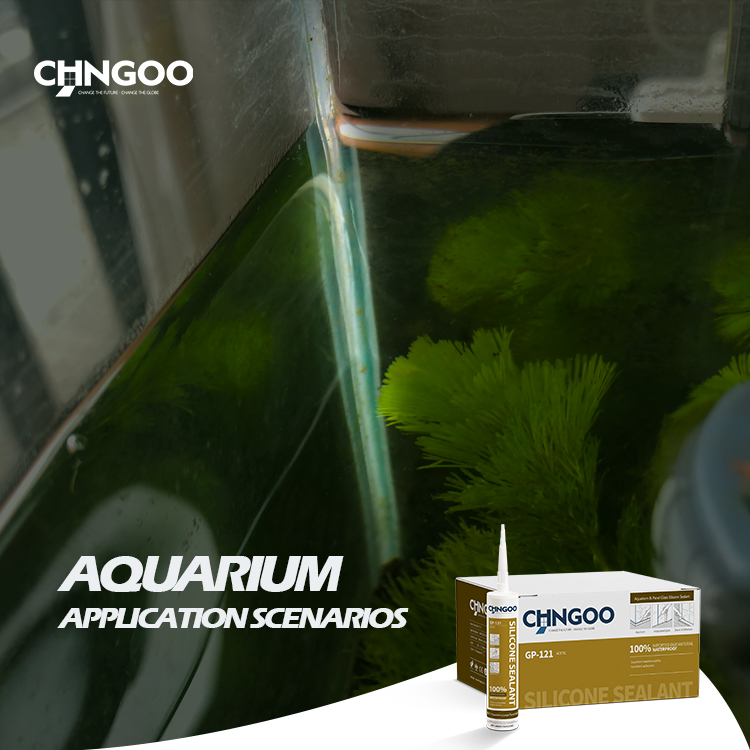1. The curing process of silicone sealants is a fascinating chemical reaction that occurs when the sealant comes into contact with moisture in the air. This reaction, known as cross-linking, transforms the sealant from a viscous liquid to a solid, creating a strong and flexible bond. Understanding this mechanism is crucial for obtaining optimal results.

2. Various factors can impact silicone sealant curing. One of the key factors is humidity. High humidity levels accelerate the curing process, while low humidity can significantly delay it. Temperature is another critical factor. Warmer temperatures expedite the curing process, while colder temperatures slow it down. It is essential to consider these factors when planning a sealing project, ensuring that the environmental conditions are conducive to proper curing.

3. To achieve efficient silicone sealant curing, several practical tips can be employed. First, proper surface preparation is crucial. The surface should be clean, dry, and free from any contaminants that could hinder adhesion. Removing any old sealant residue and using appropriate cleaning agents are essential steps in this preparation process.

4. Selecting the right silicone sealant is equally important. There are various types available, including general-purpose, high-temperature, and waterproof sealants. Choosing the one that best suits the specific application ensures maximum performance and durability.
Applying the sealant correctly is another critical aspect of achieving a perfect seal. Using a caulking gun provides better control and helps ensure a consistent and even application. It is essential to apply the sealant in a continuous bead, avoiding interruptions or gaps that may compromise the seal's effectiveness.
5. Once the sealant is applied, smoothing the bead is recommended. A sealant smoother or a wet finger can be used to create a neat and professional finish. This step not only enhances the aesthetic appearance but also improves the seal's effectiveness by eliminating any air pockets or unevenness.
Allowing sufficient curing time is vital. Different sealants have varying recommended curing times, which can range from a few hours to several days. It is crucial to follow the manufacturer's instructions and avoid disturbing the sealant during this period. Protecting the curing sealant from water or excessive moisture exposure is also important, as it can interfere with the curing process and compromise the seal's integrity.

Conclusion:
In conclusion, silicone sealant curing is a critical process that determines the effectiveness and longevity of seals. By understanding the science behind silicone sealant curing, considering factors like humidity and temperature, and following practical tips for efficient application, individuals can achieve perfect and durable seals in their various projects. Proper preparation, selection of the right sealant, and allowing adequate curing time are key elements to master in the art of silicone sealant curing. By doing so, one can ensure the desired results and enjoy the benefits of a reliable and long-lasting seal.